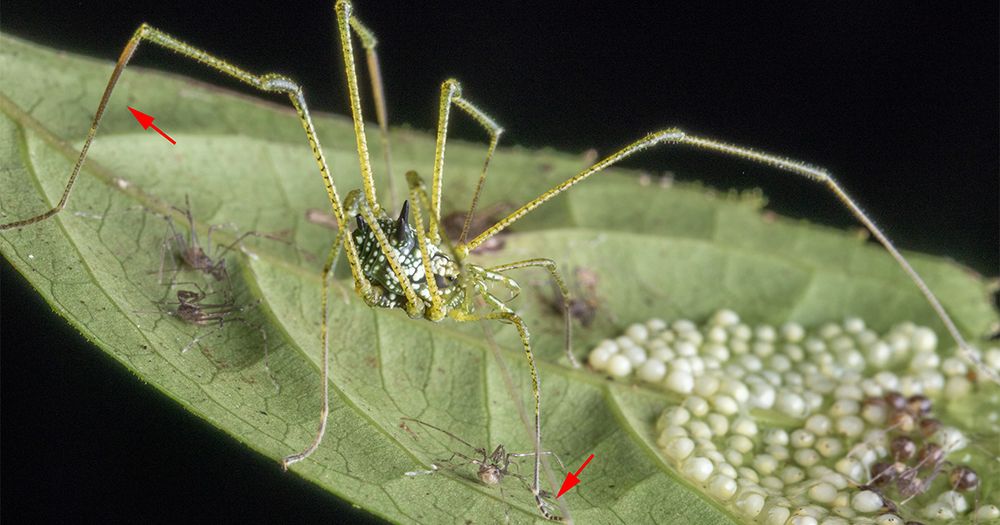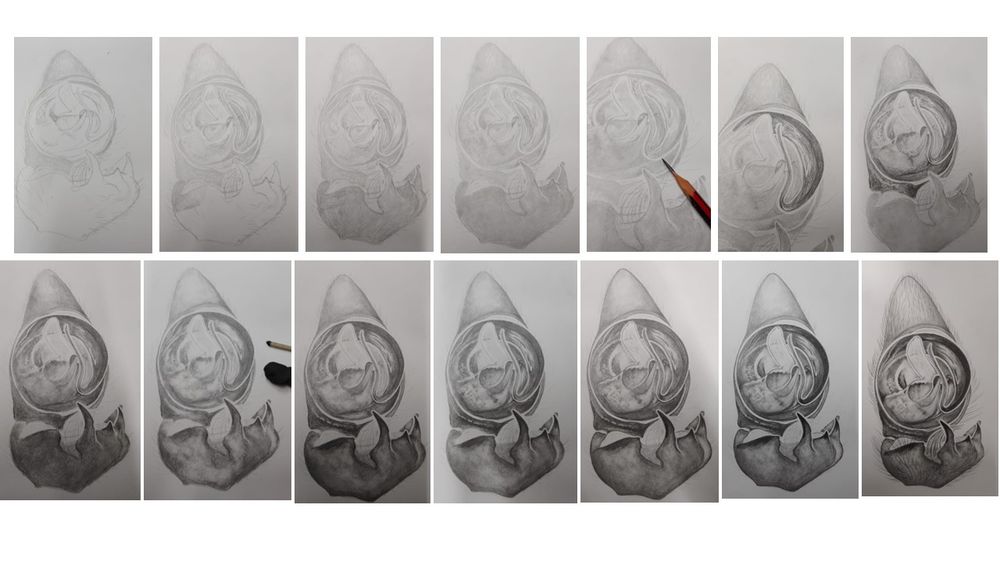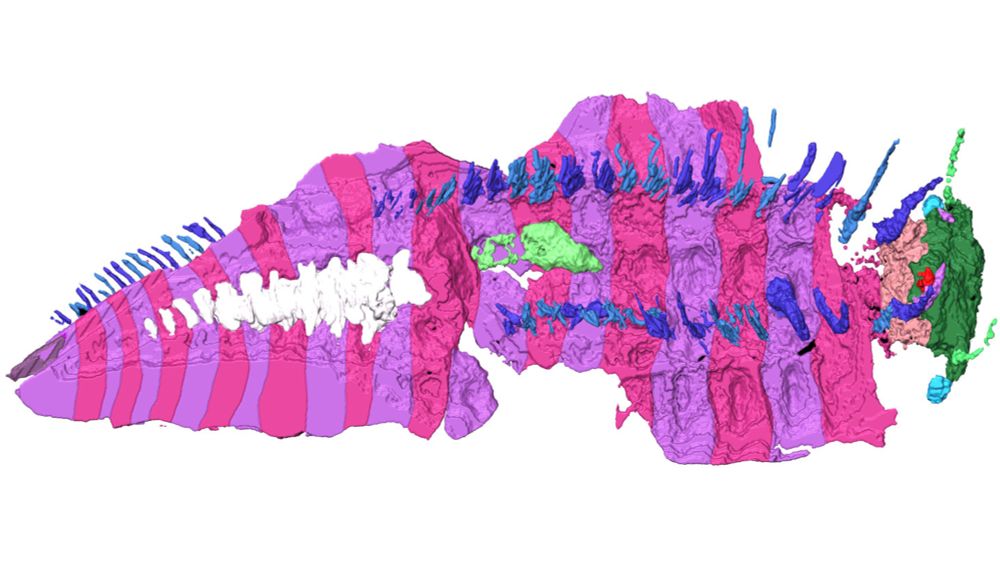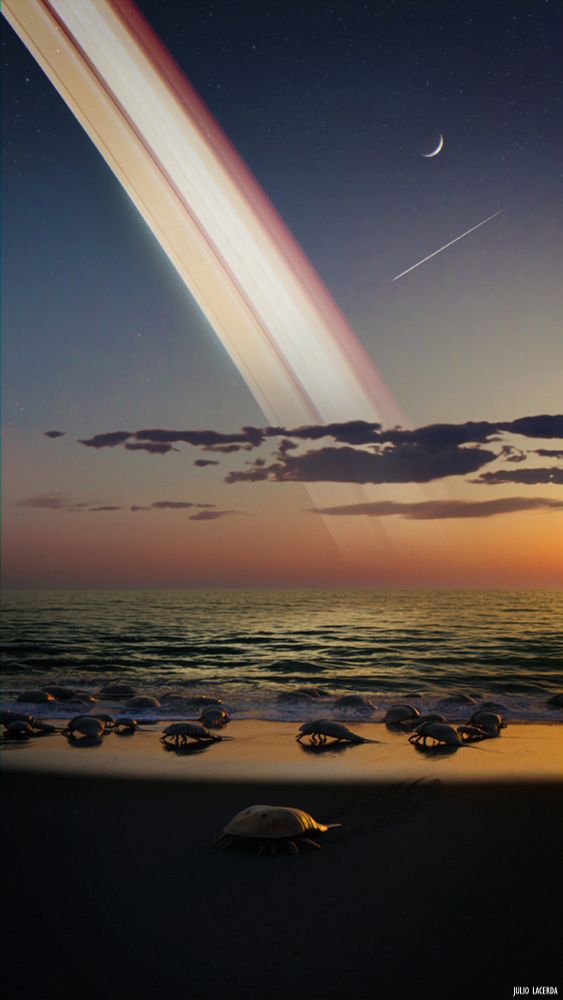

Austrarchaea griswoldi, found in Eungella National Park, Queensland

Austrarchaea griswoldi, found in Eungella National Park, Queensland

resjournals.onlinelibrary.wiley.com/doi/10.1111/...

resjournals.onlinelibrary.wiley.com/doi/10.1111/...
onlinelibrary.wiley.com/doi/10.1111/...

onlinelibrary.wiley.com/doi/10.1111/...

doi.org/10.1071/IS24...


doi.org/10.1071/IS24...
Experimentos em campo com opiliões mostram que a emissão de anúncios sexuais é tão importante quanto a condição física para o sucesso reprodutivo da espécie
jornal.usp.br/ciencias/ara...

Experimentos em campo com opiliões mostram que a emissão de anúncios sexuais é tão importante quanto a condição física para o sucesso reprodutivo da espécie
jornal.usp.br/ciencias/ara...




(foto 1 por Damián Hagopián)




(foto 1 por Damián Hagopián)


My latest for @sciencenews.bsky.social: www.sciencenews.org/article/larg...

My latest for @sciencenews.bsky.social: www.sciencenews.org/article/larg...

querem ajudar num projeto de ciência comunitária?
tentem identificar as 35 espécies que coletamos numa área de Mata Atlântica da Argentina, respondendo esse formulário:
forms.gle/HsWXr9mmLpC2...

querem ajudar num projeto de ciência comunitária?
tentem identificar as 35 espécies que coletamos numa área de Mata Atlântica da Argentina, respondendo esse formulário:
forms.gle/HsWXr9mmLpC2...




(Eurypterids coming ashore under the recently-proposed rings of ancient Earth)
#Sciart #paleoart #artbyjulio

(Eurypterids coming ashore under the recently-proposed rings of ancient Earth)
#Sciart #paleoart #artbyjulio
Pavocosa gallopavo (Lycosidae) usando seus bebês como chapéu para chamar atenção

Pavocosa gallopavo (Lycosidae) usando seus bebês como chapéu para chamar atenção
Pavocosa gallopavo (Lycosidae) usando seus bebês como chapéu para chamar atenção

Pavocosa gallopavo (Lycosidae) usando seus bebês como chapéu para chamar atenção


